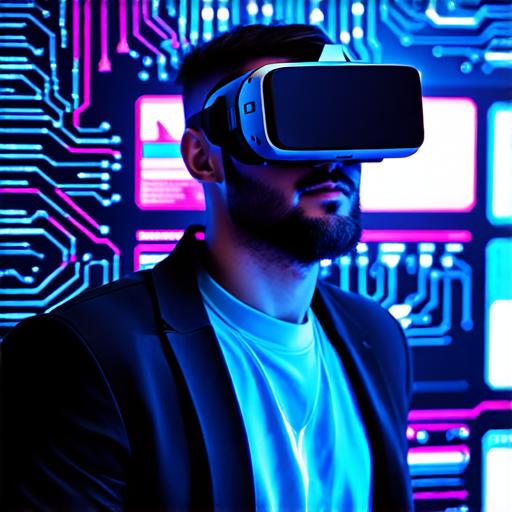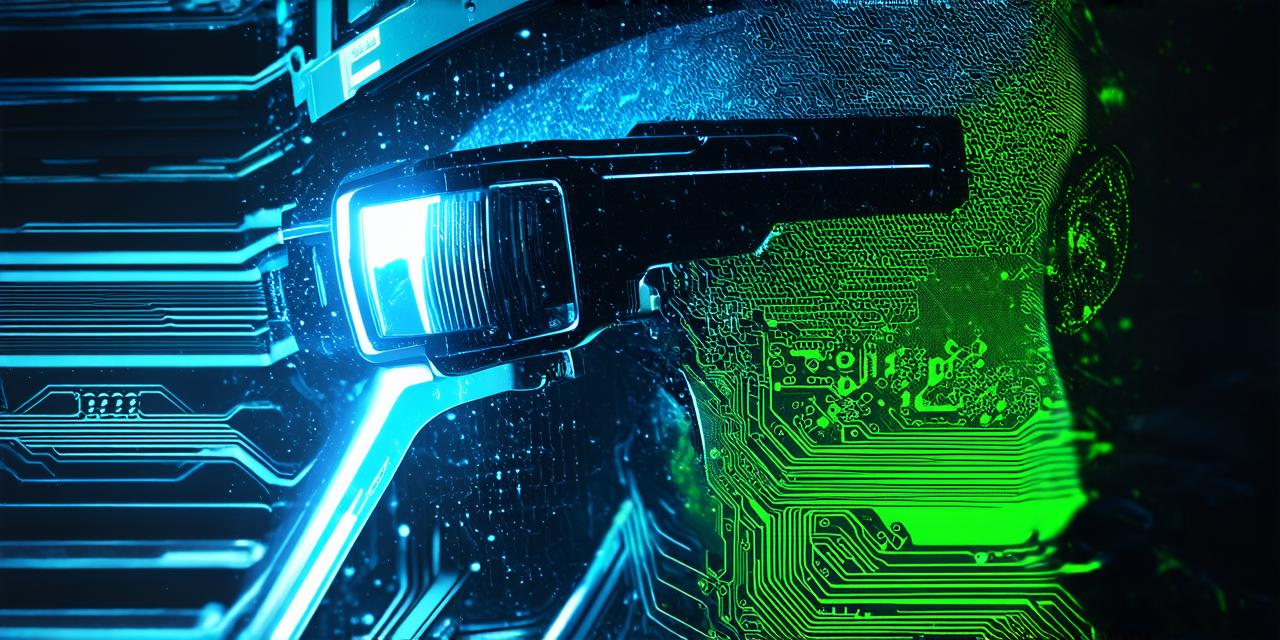Introduction
Augmented reality (AR) and virtual reality (VR) have gained immense popularity in recent years. These technologies offer an immersive experience that has the potential to revolutionize various industries, including gaming, education, healthcare, and more.
What is AR?
AR is a technology that overlays digital information onto the real world. This information can include graphics, animations, and other interactive elements, creating an immersive experience for the user. AR has been used in various industries, such as gaming, advertising, and education. It offers an interactive way to engage with the real world and can create a unique experience for users.
What is VR?
VR is a technology that creates a fully immersive environment, simulating the real world or creating a new one entirely. The user wears a headset that blocks out the real world, allowing them to be completely immersed in the virtual world. VR has been used in gaming, healthcare, and education, among other industries. It offers an opportunity for users to experience something they may not have access to in the real world.
AR vs. VR: What’s the Difference?
While AR and VR offer similar immersive experiences, there are some key differences between them. AR overlays digital information onto the real world, while VR creates a completely new environment for the user. Additionally, AR can be accessed through a smartphone or tablet, while VR requires a headset and other specialized equipment.
AR and VR Development: What Skills are Required?
AR and VR development require a unique set of skills that differ from traditional web or mobile development. Some of the skills required include:
- Programming languages: AR and VR development require knowledge of programming languages such as Unity, Unreal Engine, and HTML5 canvas.
- 3D modeling and animation: AR and VR development involve creating 3D models and animations for the virtual environment.
- User experience (UX) design: AR and VR development require a strong UX design background to create an immersive and engaging experience for users.
- Mobile app development: AR and VR development often involve creating mobile apps that interact with the real world or virtual environment.
- Hardware knowledge: AR and VR development require knowledge of specialized hardware, such as headsets, sensors, and cameras.
Case Studies in AR and VR Development
AR and VR development have been used in various industries to create unique and engaging experiences for users. Here are a few examples:
- IKEA’s Place: IKEA’s Place is an AR app that allows users to visualize furniture in their homes before making a purchase. The app uses AR technology to overlay 3D models of IKEA furniture onto the user’s real-world environment, allowing them to see how the furniture would look in their space.
- Pokémon Go: Pokémon Go is an AR game that has taken the world by storm. The game uses GPS technology to bring virtual creatures into the real world, creating an immersive experience for users.
- Anatomy Atlas: Anatomy Atlas is a VR app that allows medical students to explore the human body in a 3D environment. The app uses VR technology to create an interactive and immersive learning experience for students.
The Future of AR and VR Development
AR and VR development are still in their early stages, but they have already shown immense potential for various industries. As the technology continues to evolve, we can expect to see even more innovative uses of AR and VR development in the future. Some of the potential applications of AR and VR development include:
- Education: AR and VR development have the potential to revolutionize education by creating immersive and interactive learning experiences for students.
- Healthcare: AR and VR development can be used in healthcare to create virtual simulations for training purposes, or to provide patients with an immersive experience during treatments.
- Gaming: AR and VR development have the potential to take gaming to the next level, creating truly immersive experiences for players.

Conclusion
AR and VR development offer a unique opportunity for developers to create innovative and engaging experiences for users. While the technology is still in its early stages, it has already shown immense potential for various industries. To become an AR or VR developer, you will need knowledge of programming languages, 3D modeling and animation, UX design, mobile app development, and hardware knowledge. As the technology continues to evolve, we can expect to see even more innovative uses of AR and VR development in the future.
FAQs:
Here are some frequently asked questions about AR and VR development:
- What is the difference between AR and VR?
- What skills are required for AR and VR development?
- What industries can benefit from AR and VR development?
AR overlays digital information onto the real world, while VR creates a completely new environment for the user.
Programming languages, 3D modeling and animation, UX design, mobile app development, and hardware knowledge are some of the skills required for AR and VR development.
Gaming, education, healthcare, and more industries can benefit from AR and VR development.
